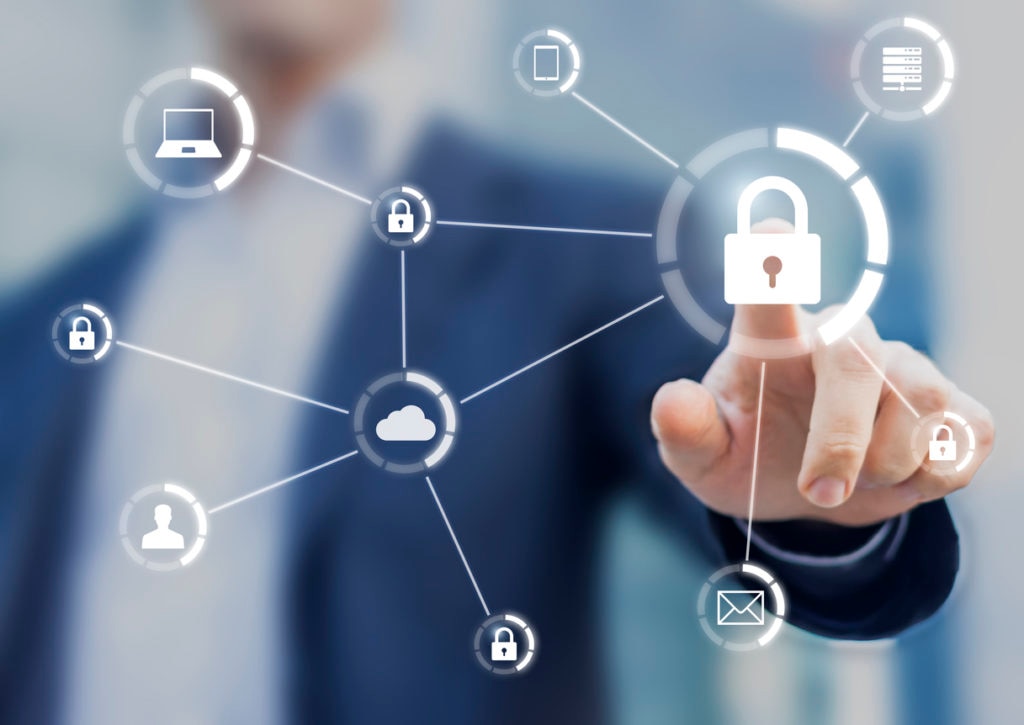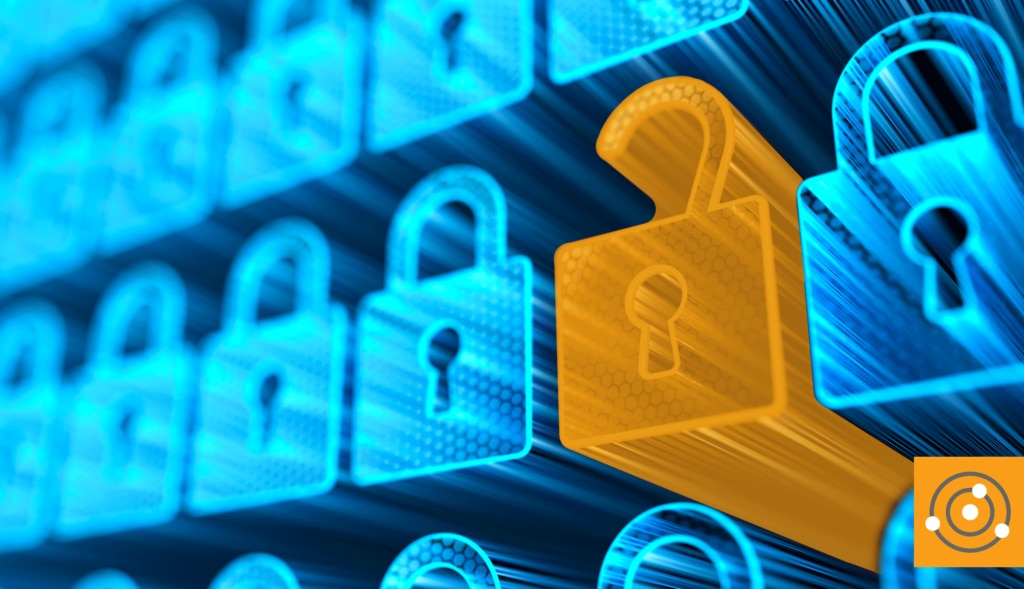Bringing Ease of Use and Security to Remote Users


Page Contents
Page Contents
The image of a modern office has been rapidly changing in recent years. From the medical field, to sales, to technical support, users are on the road and working from just about everywhere possible. Firewalls, malware protection, and other IT security practices are great when a user is on-premises at your location, but what happens when they are working on an assignment at the coffee shop or showing off a report at a lunch meeting? How can you ensure these protections are installed and working correctly? The fact is that a network and systems perimeter logically cannot be defined simply by the walls of your location. Users are on the go, and this requires special accommodations from us in the support field.
ENDPOINT PROTECTION
When a user is on location, it is obviously easier to deploy security policies against their device to allow it to use your network in a secure manner in accordance with your IT security policies. In the past, endpoint meant just providing users a firewall and some antivirus software. With malware and other intrusions getting more advanced, this can no longer be the extent of endpoint security. Modern endpoint protection has progressed to a point where endpoint agents now can contact an organization’s security management systems to get its policies, definitions, etc. This contrasts with the old way where a lot of things were only able to be controlled when a user was on-site. This version of protection will allow an organization to provide maximum security to users when on-site or on the road alike. This can be especially useful for users who are constantly on the go, as they will still receive security updates and configuration as soon as they are published while you—the administrator—can stay in the loop too.
MAKING REMOTE NETWORK ACCESS EASY
IT security is often the number one priority (as it should be, in my opinion), but to an end-user, ease of use is often the most important. Their focus is often just getting their work done in the easiest and most hassle-free way possible. There are multiple ways to keep a remote user (and the company network) safe and secure, while allowing them to work. A couple of the most popular methods are remote or virtual desktops and VPN connections with profiling. Virtual desktops provide remote access to users as if they were sitting at your main location. This could include everything from fileshare access to applications. This makes things easy and uniform company-wide, as the virtual desktop image can be maintained, and the system that a user is accessing from is irrelevant. The virtual desktop would remain secure and under your control. The other option is VPN access with profiling. Best of both worlds, right? A user could access network resources with their own device and use their own applications. The profiling aspect would allow you as the administrator to ensure malware protection is installed, the firewall is on, policies are up to date, and the device is current with operating system updates. Both solutions have their merits and a place in certain situations depending on what you might be looking for.
THE BOTTOM LINE
As I mentioned earlier, I believe IT security should be the number one focus (as a lot of you do too, I’m sure). I know in my day job, the security of the network is my main focus. In a lot of cases we can’t simply place the network and servers on lockdown to the outside world. That sure would be easier! Working to provide remote access where it's explicitly needed is something we as network and server admins will be tasked with even more going forward. It’s how we all approach that challenge that will determine the security of our organizations in the future.



